
14 Mar Are Graded Comics Really Worth More?
A hot topic in all the Facebook comic-collecting groups has been the closing gap between raw and graded comic prices –especially for Silver and Bronze Age keys. This begs the question: Are graded comics really worth more?
What is ‘value,’ anyway?
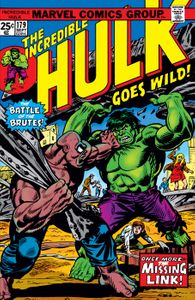
The material value of a comic book (the total value of each element of its construction) is low. So, what assigns value to these stapled-together pieces of paper? It’s the text and images printed upon them. And since the inks that form those words and pictures are also relatively valueless, we must attribute almost all of the value to mere concepts. With further deconstruction, we can consider the quality of the prose, appreciate the dynamics of the narrative, and recognize the aesthetic pleasure of great composition and color.
But in the most basic sense, the things that make comic books valuable are arbitrary compared to the contributing factors normally considered in determining the value of most other tangible assets.
Except, of course, that there is nothing arbitrary about why collectors want certain comics.
The reason that Hulk #180 is worth $46,000 in a hermetically-sealed, plastic slab with a 9.8 in the upper left corner while a Hulk #179 (a technically older book from the same creative team) in the same condition is worth $200 is because of the introduction of a new character in the more recent of the two. Hulk #181 is even more valuable because that character appears not just on a single page but on the cover and throughout the issue. Take any of these books out of those plastic slabs and that comic drops by as much as 90% in value.
The Sizzle Not the Steak
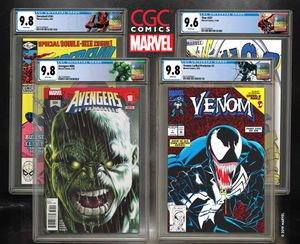
Investors aren’t bothered by this, because the Fair Market Value is instantly recognizable. Consensus (as decided by an impartial expert) provides a metric for that value via grading. While still somewhat arbitrary, there is a standard in professional grading that allows near-instant monetization. Becoming an expert at grading takes a lot of time and investors happily pay the premium for an instant qualification of grade because it allows them to focus on speculation and speeds up the return on their investment. If you’ve ever bought a comic on eBay, you have likely had a dispute about the condition advertised in that listing.
A slab eliminates that.
These days you can order custom labels to boost the aesthetic presentation of your graded comic. But that’s not to say that a sealed plastic slab (or the extra paper between it and the comic book) makes it more valuable; they are an avatar of value, not the value, itself. The plastic makes a comic book more sellable, not more valuable. The undeniable exceptions are for Signature Series and Pedigree copies for which the color-coded labels provide authentication.
So Why the Mark-up?
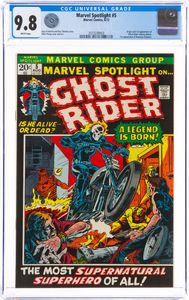
It’s probably not a wise investment to pay the Express premium on a $400 comic book, so if you are worried about a price drop it may be more profitable to sell it raw. In most cases, a comic will have increased dramatically (not diminished) in value over the course of time it takes to get graded, but big-dollar collectibles can only become liquid assets if you can sell them. If time is not of the essence, economy service warrants an average mark-up of about $65.
So how does a 9.8 slab of a raw comic with an FMV of $12 get to be $500 or more? Because at some point, the value of eliminating any dispute over perceived condition got very valuable. And that, of course, works both ways.
For major keys, it is not uncommon to see raw copies advertised at graded prices. This is a by-product of the extended, peak-pricing market. Scarcity and the long turnaround time for grading has pushed raw prices up again. In a way, the raw copy is way cooler if there is consensus about the condition; if handled with care it can even be paged-through.
The Advantage of Wishful Thinking
That’s why the ungraded Mile High Collection Action Comics #1 is perceived as having a value above $10 million even though it is ungraded and therefore not slabbed. The highest grade ever sold was a 9.0 which went for $3.2 million a whopping 8 years ago. This past January a 6.0 sold for almost that much. The Mile High copy is perceived as being a 9.4, so realistically it could be worth as much as $25 million because it has no peer.
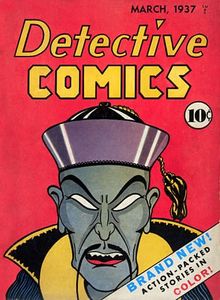
Plastic slabs are a form of altruism in actual practice. Their perceived value-add is an example of how aspiration can become consensus. Any collector with a trained eye and the right collection can extract just as much profit from a raw comic (and its inherent potential) without any requirement of grading.
This being the internet and all, I’m sure you’ve all got opinions about this, so please comment below. Keep it civil and be sure to like this post if you do!
Want more spec?
-
IS IT TIME TO RE-INVEST IN ETERNALS?
-
IS DEATH THE NEW BREAKOUT STAR?
-
ARE MANGA REPRINTS THE NEW HOT SPEC?
*None of the content of this article is intended as investment advise.
This is just the opinion of the columnist – Do your own research!
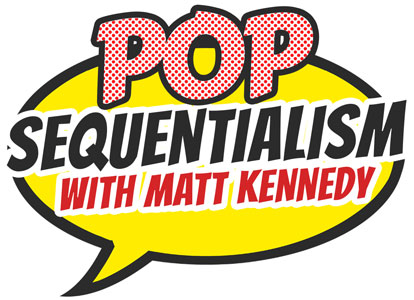
No Comments